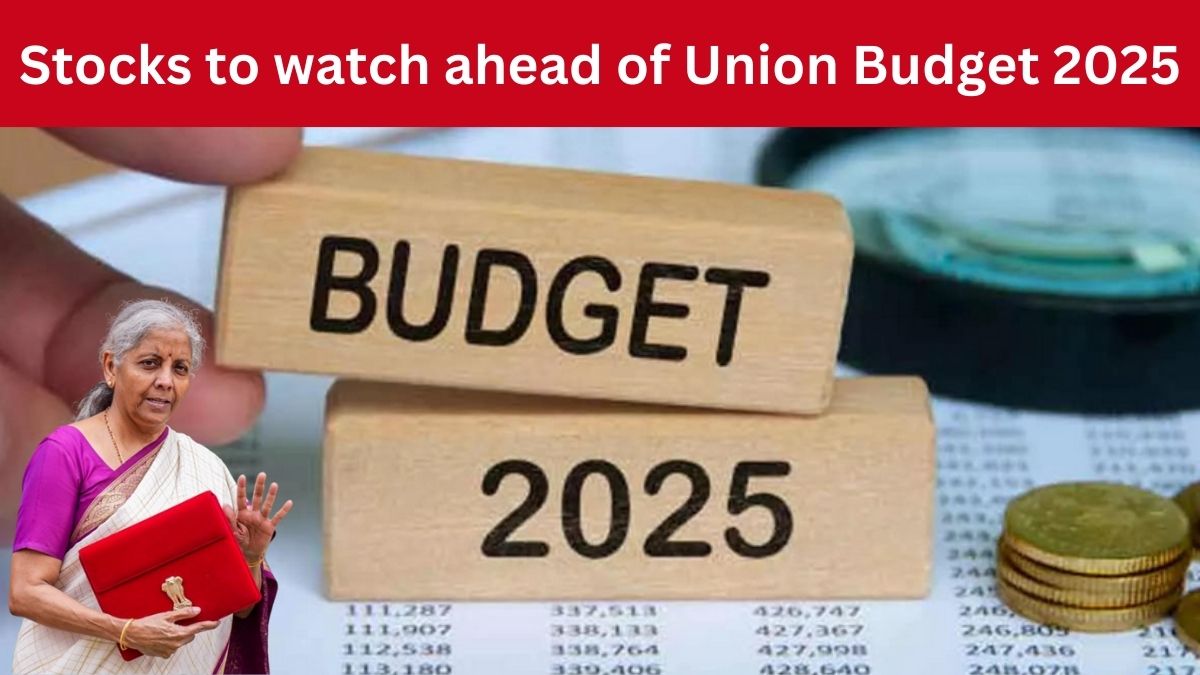As the Union Budget 2025 approaches, analysts and investors alike are keenly observing potential developments that could shape market sentiment. According to Nuvama’s Union Budget preview, the government is expected to target a fiscal deficit of 4.5% of GDP, a reduction from the 4.9% projected for the ongoing financial year. While this move could bolster the government’s policy credibility, it may also signal a pro-cyclical fiscal approach. Nuvama warns that a slower economic environment could negatively impact tax revenues, leaving the government with limited room to increase spending, thereby intensifying the ongoing economic slowdown.
The brokerage highlighted that unless a significant disinvestment initiative is pursued, any fiscal incentives such as direct household transfers or tax cuts could potentially reduce public capital expenditure (capex). This would mean that the peak phase of public investment may now be behind us. While fiscal prudence is generally welcomed by the markets, a reduction in capex could act as a dampener, especially for sectors reliant on government spending. Nuvama underlined the importance of focusing on high-quality investments in 2025, given the constrained fiscal landscape.

Anticipated Budgetary Measures Relevant to Investors
Beyond fiscal policy specifics, several budgetary measures are expected to influence market dynamics and investor sentiment. Nuvama notes that relaxation in income tax slabs or increasing the deduction limit on housing loan interest could significantly boost household demand. Other proposals under consideration include the expansion of the Production-Linked Incentive (PLI) scheme to stimulate domestic manufacturing, as well as adjustments to the inverted duty structure to make Indian industries more competitive.
Furthermore, there is speculation about extended benefits or alternative incentives for start-ups and businesses operating within International Financial Services Centres (IFSCs). The prospect of introducing a Direct Tax Code—a reform that has been long-discussed—will also be closely monitored by investors.
With fiscal measures offering limited scope for driving demand, Nuvama predicts that market performance will be increasingly influenced by corporate earnings, domestic monetary policies, liquidity conditions, and global developments. Investors are advised to prepare for potential volatility in the near term, with a recommendation to adopt a defensive investment stance.
Sector-Specific Expectations
Automobile Sector
The automobile industry is anticipating continued policy support for electric vehicle (EV) original equipment manufacturers (OEMs). Currently, the Goods and Services Tax (GST) on EVs is lower than that on their input components, compelling manufacturers to claim refunds that often tie up significant working capital. Simplifying the GST refund process could improve liquidity and facilitate growth for EV manufacturers.
Additionally, industry stakeholders are hoping for a reduction in GST rates for hybrid vehicles and compressed natural gas (CNG) two-wheelers, which would make these vehicles more affordable. Although Nuvama remains skeptical about significant changes in these areas, any favorable announcements could positively impact companies like Tata Motors, Mahindra & Mahindra, Maruti Suzuki, Hyundai, TVS Motor, Bajaj Auto, Ashok Leyland, and Ola Electric Mobility.
A reduction in GST on hybrid vehicles would particularly benefit Maruti Suzuki, while similar reductions on CNG two-wheelers could boost the prospects of Bajaj Auto and TVS Motor.
Paints Sector
The paints sector could benefit from higher allocations towards affordable housing and urban development initiatives. Nuvama anticipates increased investments in programs like “Housing for All” and enhanced budgets for the Smart Cities initiative, especially if built-up area and foreign direct investment (FDI) norms are relaxed. These developments would likely create favorable conditions for paint manufacturers such as Asian Paints, Berger Paints, and Pidilite Industries.
Railways Sector
For the railway sector, Nuvama predicts a robust 15–20% year-on-year growth in capex outlay, with a renewed focus on rolling stock, safety enhancements, and the construction of new railway tracks. This shift represents a transition from the previous decade’s emphasis on electrification projects.
While private-sector participation in large-scale orders might face delays as Indian Railways continues to prioritize in-house manufacturing, other segments are expected to remain unaffected. Companies specializing in rolling stock, like Titagarh Wagons and Texmaco Rail & Engineering, could see significant benefits. Allocations toward safety initiatives, such as the Kavach anti-collision system, are likely to exceed expectations.
Oil & Gas Sector
The oil and gas sector faces uncertainty as crude oil prices climb above the $75-per-barrel mark. In this context, the possibility of the government reintroducing a windfall tax looms large. If implemented, such a move could adversely impact oil exploration and production companies, including ONGC.
Defence Sector
The Union Budget is expected to allocate a 7–8% year-on-year increase in defence capex, with an emphasis on research and development, unmanned aerial vehicles (UAVs), drones, and anti-drone systems. Key programs in the pipeline—such as the Quick Reaction Surface-to-Air Missile (QRSAM), Project 75I (submarines), the Light Combat Aircraft (LCA) Mark 1A, and the Pinaka multi-barrel rocket launcher—are likely to take precedence, particularly for the Indian Air Force and Navy.
Recent corrections in the stock prices of defence companies present a buying opportunity, given the government’s ambitious targets of achieving ₹50,000 crore in defence exports and ₹3 lakh crore in overall defence production by 2030. Among the sub-sectors, defence electronics is expected to offer the highest growth potential.
Capital Goods Sector
Capital goods companies are poised to benefit from an estimated 10–12% year-on-year growth in the capex outlay for FY26. This increase underscores the government’s continued focus on infrastructure development, offering significant growth opportunities for key players in this space.
Healthcare Sector
Expansions to the Ayushman Bharat scheme could present challenges for private hospitals, as they may be required to treat patients at reduced rates, thereby impacting profitability metrics like Average Revenue Per Occupied Bed (ARPOB). On the other hand, reducing GST on health insurance products for senior citizens or policies with low sums insured could provide a boost to general insurance companies.
Agriculture Sector
The fertiliser subsidy for FY26 is expected to remain stable at around ₹1.5–1.7 lakh crore. While this neutrality may not impact market sentiment significantly, higher allocations for crop insurance in light of last year’s erratic weather could provide a safeguard for the agricultural sector.
A wishlist from market participants includes allocating ₹1.5 lakh crore to the Ministry of Agriculture to sustain programs like PM-KISAN and crop insurance schemes. These measures, if implemented, could positively impact agricultural productivity and rural demand.
Strategic Outlook for Investors
As the Union Budget 2025 draws closer, it is clear that fiscal constraints will influence the scope of demand-driven policies. With limited room for significant spending boosts, market dynamics are likely to be shaped by corporate earnings, monetary policies, and global economic trends. Investors are advised to remain cautious and brace for potential market volatility in the near term.
Nuvama’s recommendations emphasize a defensive investment approach, prioritizing quality stocks in sectors that stand to benefit from long-term growth drivers rather than relying on short-term fiscal stimulus. By focusing on companies with robust fundamentals and strong growth prospects, investors can better navigate the challenges of an uncertain macroeconomic environment.
Click here to know more.
Kishan is an experienced writer with in-depth knowledge of exam preparation, government schemes, and government job updates. He specializes in creating well-researched and informative content on competitive exams, policies, and educational topics. His writing style is clear, concise, and easy to understand, making complex subjects accessible to readers.
